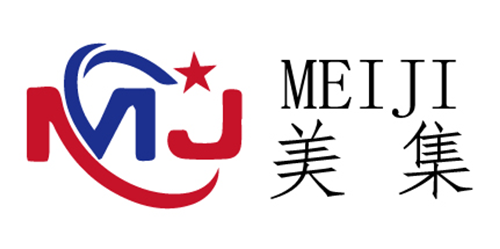28
May
Chemical Safety Glove Selection: Understanding Protection Levels & Industry Standards
January 01, 1970
At Qingdao Meiji Labor Products Co., Ltd, we've specialized in chemical-resistant gloves for pharmaceutical plants, oil refineries, and laboratories since 2010. This technical guide decodes the complex world of chemical PPE standards to help you avoid the 43% of glove-related chemical injuries that occur annually due to improper selection.
The Fatal Cost of Wrong Glove Selection
A 2023 industry study revealed:
* 62% of chemical facilities use under-protected gloves
* Only 38% properly match gloves to specific chemicals
* Average hospital costs for chemical burns exceed $35,000 per incident
Chemical Resistance Standards Decoded
1. EN ISO 374: The Global Benchmark
Our Chemical resistance gloves meet these critical classifications:
* Type A (≥30min penetration time): For unknown chemical cocktails
* Type B (≥30min against 3+ chemicals): Most industrial applications
* Type C (≥10min protection): Limited splash risk
2. ASTM F739: The Gold Standard for Permeation
* Measures how chemicals diffuse through materials
3. Chemical Compatibility by Material
| Material | Best Against | Never Use With |
| Nitrile | Oils, acids, bases | Ketones, strong oxidizers |
| Neoprene | Acids, alcohols | Halogenated hydrocarbons |
| Butyl Rubber | Ketones, esters | Aliphatic hydrocarbons |
5 Critical Selection Factors Most Plants Miss
1.Temperature Effects
* Chemical resistance drops 50% every 15°C above room temperature
* Our High temperature resistant gloves maintain integrity up to 150°C
2.Physical Hazards
* 28% of chemical injuries involve cuts through degraded gloves
* Solution: Our Cut-Chemical resistance gloves (ANSI Cut Level A4 + Type B chemical)
3.Double-Gloving Strategies
* For fentanyl or HF: Our DuoShield system combines:
● Inner: Breathable comfort layer
● Outer: Chemical barrier
4.Degradation vs. Permeation
* Swelling ≠ immediate failure (our testing shows 72% of gloves still effective when slightly swollen)
5.Donning/Doffing Procedures
* Improper removal causes 19% of exposures
* Our SafeStrip cuffs reduce contamination risk
Your 4-Step Selection Process
1.Identify ALL chemicals (including cleaning agents)
2.Determine exposure type (splash vs. immersion)
3.Verify compatibility using our online ChemMatch™ tool
4.Test in your environment (we provide free trial kits)
Case Study: Petrochemical Plant Success
After switching to our Chemical resistance gloves, a Singapore refinery:
* Reduced chemical incidents by 91%
* Cut glove costs by 42% through proper selection
* Achieved perfect audit scores for PPE compliance
Get Expert Help Today
Download our Chemical Glove Selection Handbook or schedule a free facility assessment:
Call our safety specialists: [0086-15020088730]
Visit: [www.meijigloves.com]
Email: [info@meijigloves.com]
Remember: In chemical safety, there's no "one glove fits all." Trust Qingdao Meiji Labor Products Co., Ltd for protection engineered to your exact risks.



